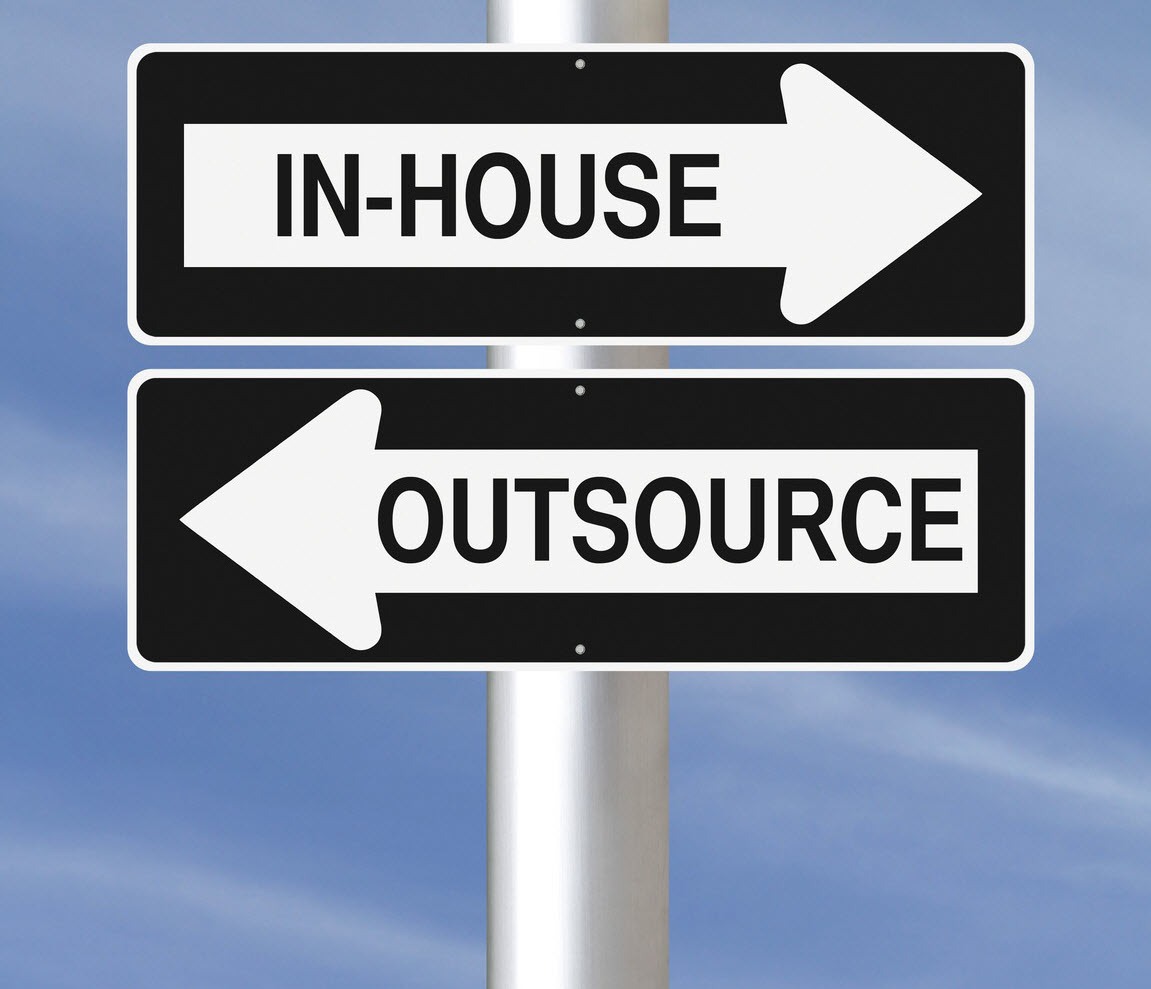Complying with the new-age health care costs and pressing concerns about the quality and deliverance of health care services, a major section of health insurance purchasers are paying attention to customer-focussed plans that can help in reducing costs and improving quality. While we can observe a steady uprise in enrolment of consumer-directed health plans, it, so far, has not gone beyond the margins of all employed-sponsored coverage.
A critical assistance to help customers decide and thus make a more informed choice about their investment is challenged by many factors, both direct and indirect. Keeping aside the general activities involved in the consumer-oriented strategies, we can readily detect three major developments in medical service sector. Consumer-directed health plans (CDHPs) are those health insurance plans that rely upon high deductibles along with regular health spendings to increase the insured’s accountability towards health care funding. Tiered networks are health benefits that classify providers into different strata based on their quality or the costs involved.
These formulae, which endow greater financial accountability on customers for better healthcare decision making can also strengthen itself with updated information and reviews about the cost and quality of healthcare available in the specific market. For example, a comparative idea about the quality of health care services in a particular locality can also help a general customer to exercise more informed decision. Albeit the fact that these strategies are gaining popularity and effectiveness in the mainstream health care provisions, there is little disagreement about their impacts on the health care system and how consumer preferences are going to change for a more effective business. Gone are the days when business used to be ‘as usual’, every business and in particular health care industry is seeing a new age these days.
“Consumer-directed health plan” or CDHP, has remained in business vocabulary since a long time though researchers and market influences have initial differences about how to define the term concisely. One way of describing the term would be to capture the essence of many ongoing endeavors to boost incentives for customer engagement in decision making and service-policy formulation by increasing financial incentives (and accountability, en raison de). In our contexts, it would mean to have a particular set of arrangements that would ensure that customers get a high-deductible health plan along with a personal health account (PHA) so that they can pay their health care costs (for those situations that are not covered under the insurance policy).
Almost all running practices working on CDHP‘s concept share a common feature of having a high deductible health policy. In this type of plan, the customer is accountable for all his spendings up to an upper limit (a high deductible, exact amount varies from policy to policy). Once the customer reaches that level of expenditure, the policy begins working and covers all subsequent costs within the plan year (not necessarily the same as the calendar year). CDHPs can also be channelled to make consumers informed about the quality of providers, involved costs, and many treatment options; this way, the patients gain enough resources to make optimal decisions about their policy purchase. Of course, the specific provisions will vary from policy to policy, depending both upon the service provider and the customer preference, but, in essence, this is the general practice.
Personal Health Account (PHA) and its types
The second component, as mentioned above, is the PHA. It contains the funds that consumers may utilize to compensate for their health care expenditures and can carry forward from time to time if the same is unused. PHA is structured in either of the three ways: A Medical Saving Account (MSA), Health savings account (HSA) or a Health Reimbursement Arrangement (HRA) Medical Saving Account MSA is a tax-exempt account that the consumer can use to pay for his health care services. Any person who is an employee of a firm having at most 50 employees, or is self-employed is eligible to enrol himself/herself for this high deductible health plan. The individual (or the employee, as the case may be) can deposit money into the account tax-free so that his/her medical expenditures are met. The funds will accumulate interests or dividends if it remains unused for a stipulated period. The returns on such funds will be tax-exempted; however one should note that funds in MSA cannot be used for any purpose (apart from medical services) without paying taxes and penalties unless the beneficiary has aged up to 65 years or succumbs to death.
Financial benefits in CDHPs
One governing principle for CDHPs is that they will cause an increment in financial interests that consumers have in their informed decision about health care. Patients who participate in medical examinations and deplete their PHA can use up a resource that they would have otherwise kept and used for some other purpose. Unlike the traditional insurance customers, this may incline to raise the net price of services. This advantage would be the most powerful motivation for people with MSA because of the policy’s perennial nature of the benefits that they enjoy as a consequence of limiting their investment in health care.
Once the deductible amount is reached (and statistically, an average citizen is quite likely to reach that amount), the policy promises complete care and so the customers generally have to pay at a lower rate of cost sharing. Sometimes that is reduced to no cost sharing as well. The financial benefits about CDHPs will influence the price that providers ask in the return of their services. Apparently all health plans are negotiable and customizable for services with providers and monitor provider bills. But this may not occur as seamlessly as CDHPs under the deductible.



